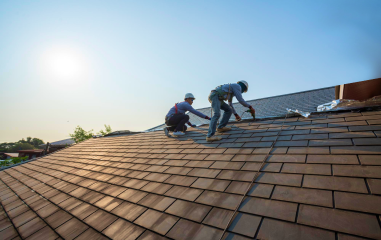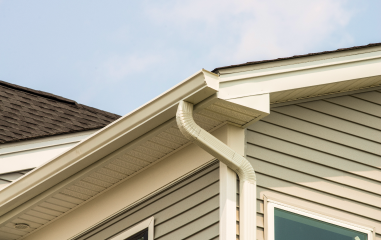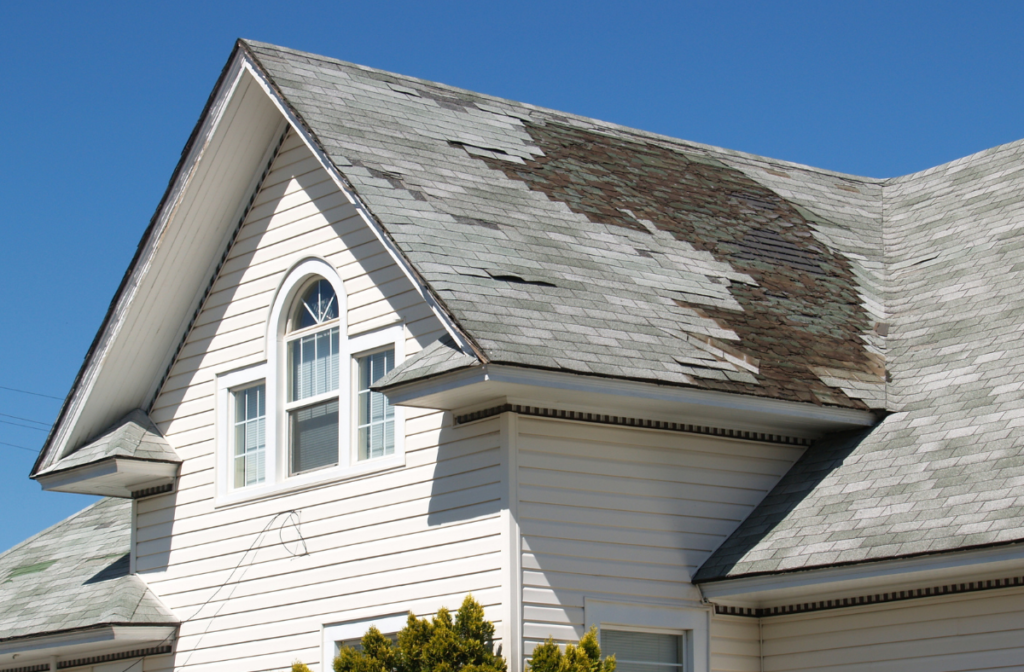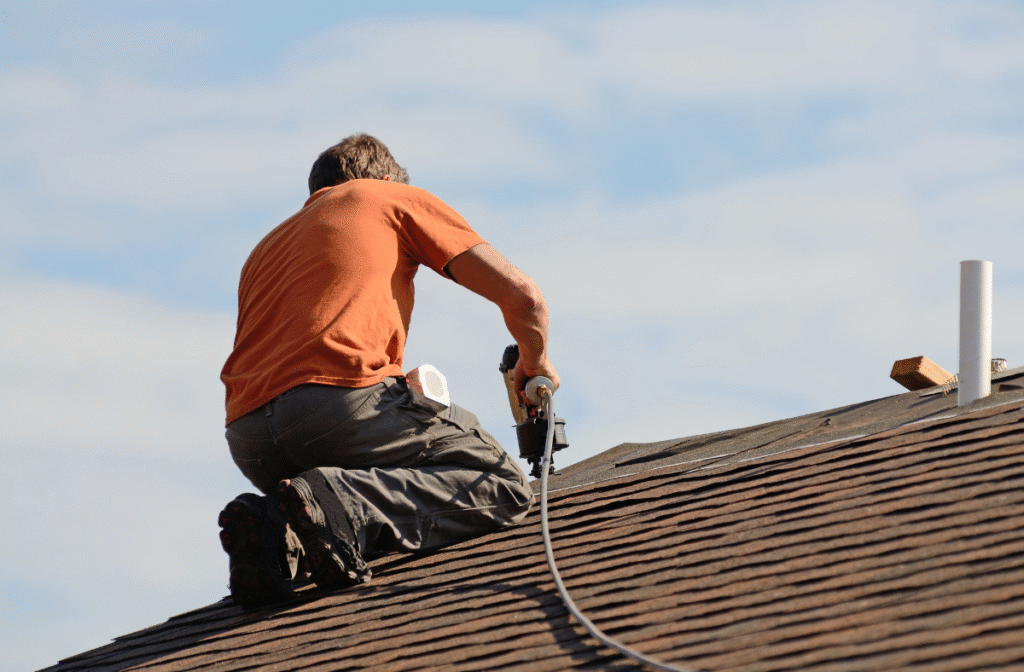How long should a new roof last? What can homeowners do to make roof projects less stressful? Nathan Contello of M&M Roofing, Siding & Windows has agreed to answer some questions from social media followers, and while he’s at it, provide an inside scoop on roofing for all of us. Check out his answers below.
1. What do you wish customers understood about your industry?
Customers normally take two to three different bids. A lot of times selecting a roofer boils down to the price. What I wish customers understood is that the price doesn’t always quantify the quality, the experience, and expertise. With M&M Roofing—30 years in business—we try to be competitive with everyone out there. There’s no other company more affordable than we are that brings the same qualities to the table.
2. What could customers do on their end to have a more pleasant/successful experience with roof projects?
The first thing that comes to mind is planning on being home when a roof is put on. It sounds like a no-brainer, but it would surprise you how many customers ask me, “Do I need to be there?” The simple answer is “No” because we’re working on the outside of the home.
But if you’re home during the re-roofing process, you get to see every stage of the roof. You get to see the care and time that the men take to protect your home and landscaping, and you get to see all facets of the roof replacement. At the end of the day when you look at your finished job, you don’t have any questions.
3. How can customers save themselves money and aggravation during roofing projects?
Due diligence. With the internet today, a lot of information is available at your fingertips. Review the roofing proposal, literature, and materials, and take the time to understand them on a layman’s basis. That saves a lot of aggravation.
Going back to the first question: The cheaper guy normally doesn’t offer the newest products as far as engineering and technological advancements. So avoiding aggravation means researching what you want for the home.
As far as saving money, roofing materials are asphalt based. The costs go up and down with the price of oil, and unfortunately roofing is just not cheap. One way you can save money is by choosing a qualified contractor that will do it right the first time. You have that one expense, and don’t have to spend money again to fix anything.
4. What comes to your mind when you hear the phrase, “What your roofer isn’t telling you?”
A lot of times when an estimate is cheaper than one from a qualified company, the cheaper roofer is planning to reuse flashings and different components of the roof assembly that should be replaced when you’re putting on a new roof.
Also, you can’t be OK with a roofer saying, “Yes, I’m insured.” You should ask to see an insurance certificate that’s valid.
Also very common, though not something that your roofer isn’t telling you, is this: When you have gas appliances in your home, gas exhaust is running through pipes that exit through the roof system. A lot of times when a roof is put on, those pipes will vibrate loose due to all the hammering on the roof. A gas exhaust pipe normally is not strapped very well in the attic. It’s just hanging in place and venting through the roof. If the roofer is doing a good job he should, upon completion, go in the attic and inspect the exhaust pipes to make sure they that they haven’t vibrated loose, pumping exhaust into the attic space rather than venting out of the home.
Most attics are ventilated enough that it doesn’t become an issue, but it’s important to know that the roofer you selected is professional enough to understand the last steps of his job.
Sometimes pictures and things mounted on the wall that are not securely fastened do have a chance of vibrating and falling. Another thing is related to how the sheetrock was installed in the home when the home was built. If the sheetrock was nailed rather than screwed in, a lot of times the vibration can make the nails back out and pop out some of the sheetrock or texturing on the wall. That’s out of the roofer’s control to prevent.
You need to walk around the home and look at your ceilings prior to doing work, and afterwards look to see if any nails pop out and be prepared to fix them. It’s unintentional damage that you really shouldn’t hold your roofer accountable for. When sheetrock is installed with screws, the screws won’t back out due to vibration, so it’s not an issue.
The things brought up don’t happen with every roof by any means. But they do happen periodically. If the roofer hasn’t done a good job at the table, really going through the whole process with you, then you can be caught unaware. So it goes back to due diligence and selecting a qualified contractor. You want someone who will sit down and explain the whole process, start to finish.
5. What are some challenges that come with your job?
Meeting expectations would be one. I would always recommend that a customer, before putting a new roof on, walk around the home and really take in what the home looks like. It’s very common to have a new roof put on and for the customer to say, “This is different” and “This is damaged” when it’s how the house was before the roof replacement started.
Some of my crews take photos before they start to eliminate things like that. Until you do work to your home, you don’t really look at it every day, and it’s amazing the things that you don’t notice until you’re looking.
6. What are some of the most common situations that come up that people might find surprising or funny?
What surprises most homeowners is the speed in which we replace the roof. We look at a roof from the square footage standpoint, and we select personnel based on the square footage to try to accomplish the roof replacement in one day. The larger the home, the larger the crew.
7. In general, how often should residential roofs be replaced in the Houston area?
In general in Houston, a lifetime shingle—a standard laminated-type shingle—normally lasts 20 to 25 years.
A roof is expensive. More power to people who can be proactive and change a roof before it’s worn out, but the simple fact is that as long as it’s waterproofing, no matter the age and whether or not it’s attractive, if it’s keeping the home dry, it’s still doing its job.
Once year 20 comes around, that’s when it’s time to have a roofer take a look at it and see where you stand. Not only that, but throughout the life of a roof, you should periodically call a roofer to come out and inspect the roof and see if there is any maintenance or preventative maintenance that could be done to keep the roof assembly in good shape and watertight.
8. What are the best materials to use to help keep air conditioning costs down?
I definitely go to proper ventilation of the attic when you do a roof replacement. There are fantastic radiant barriers that can be installed at the time of the new roof also. The radiant barriers help keep the heat out of the attic space, that in conjunction with proper ventilation in the attic. You keep the heat out of the attic, you keep the cooling costs down. That’s what it all boils down.
Roofing materials are black in nature. They’re hot; they retain heat. As the sun heats them up, there’s not much you can do from a roofing standpoint on a traditional shingle home. But the way to mitigate the AC costs is by remembering that the attic space is the engine of the home. So the better you can make the attic perform, the better your overall home’s efficiency will be.
9. I have a mild fear of heights so roofing would be one of the LAST jobs I would pick. What do you enjoy about your work?
When you put roof on, it’s something that lasts a very long time, so the quality of workmanship is seen from day one to year 20.
That roof protects everything below, every item that person owns, every bit of drywall and sheetrock, carpeting, furniture. Everything inside that house is protected by the roof. I really enjoy it when a homeowner shakes our hands and thanks us for a job well done. They’re knowing that with the next heavy rain or storm that comes through they’re going to be happy they selected us because they have a problem-free roof. I enjoy the homeowner’s satisfaction.
0


















